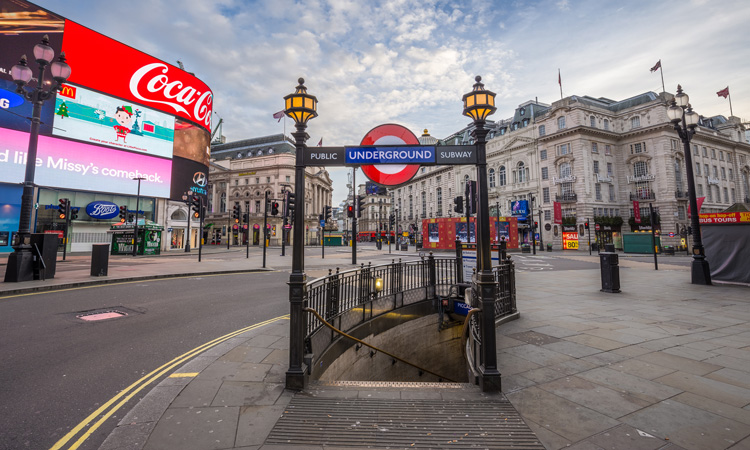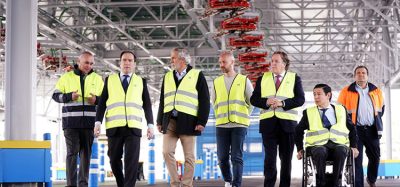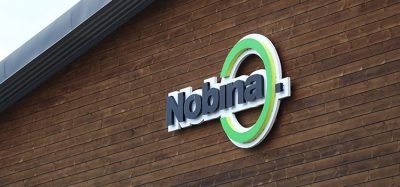London lockdown halves levels of harmful air pollutants
- Like
- Digg
- Del
- Tumblr
- VKontakte
- Buffer
- Love This
- Odnoklassniki
- Meneame
- Blogger
- Amazon
- Yahoo Mail
- Gmail
- AOL
- Newsvine
- HackerNews
- Evernote
- MySpace
- Mail.ru
- Viadeo
- Line
- Comments
- Yummly
- SMS
- Viber
- Telegram
- Subscribe
- Skype
- Facebook Messenger
- Kakao
- LiveJournal
- Yammer
- Edgar
- Fintel
- Mix
- Instapaper
- Copy Link
Posted: 24 April 2020 | Sam Mehmet (Intelligent Transport)
In response to environment ministers’ call for evidence which will feed into the UK government’s response to COVID-19, London City Hall has published a report on the reduction in air pollution.


The Mayor of London, Sadiq Khan, has published new evidence which shows dramatic improvements in air quality as a result of the halving of traffic in London due to the coronavirus lockdown.
A report on these improvements has been published to provide important context to the COVID-19 reductions. The report also confirms the effectiveness of clean air zones in tackling air pollution.
In 2020, before measures to address the COVID-19 outbreak were introduced, hourly average levels of harmful gas nitrogen dioxide NO2 at all monitoring sites in central London had already reduced by more than a third (35 per cent) compared to the same period in 2017. Since 16 March 2020 there has been an additional reduction of 27 per cent.
The report shows:
- There have been huge reductions in NO2, especially at roadside sites. Central London roadside locations have seen a fall in daily average NO2 of around 40 per cent. These reductions are in addition to those already delivered by the Ultra-Low Emission Zone (ULEZ)
- One of London’s busiest roads, Marylebone Road, has seen a reduction in daily average NO2 of 48 per cent and Oxford Street has seen a reduction of 47 per cent
- Despite these improvements, London has had particulate pollution episodes during lockdown. This is said to expose that London’s poor air quality is not just the result of traffic pollution and further action is required on other sources, including domestic burning and agricultural emissions.
Evidence from the Breathe London air quality monitoring network will also be submitted to the Department for Environment, Food and Rural Affairs (Defra), which shows similar reductions in NO2 across the city. The Breathe London team have used Waze for Cities data to measure big reductions in congestion.
City Hall has also published new data showing dramatic improvements in London’s air quality across the capital since 2017.
The report reveals that the introduction of policies including the world’s first ULEZ have contributed to a reduction of 44 per cent in roadside NO2 in the central London ULEZ zone. In January, there were reportedly 44,100 fewer polluting vehicles being driven in the central zone every day with 79 per cent of vehicles in the zone now meeting the ULEZ emissions standards – up from 39 per cent in February 2017.
Khan said: “London has one of the most advanced air quality monitoring networks in the world, which has recorded how the coronavirus lockdown has dramatically improved air quality in London. But this cleaner air should not just be temporary, as Londoners deserve clean air at all times. So once the current emergency has passed and we start to recover, our challenge will be to eradicate air pollution permanently and ensure the gains we’ve made through policies such as ULEZ continue. It is critical that government keeps this in mind as part of the country’s recovery from the pandemic.”
Related topics
Air Quality, COVID-19, Sustainable Urban Transport
Related cities
London
Related organisations
Breathe London, Waze
Related people
Sadiq Khan








